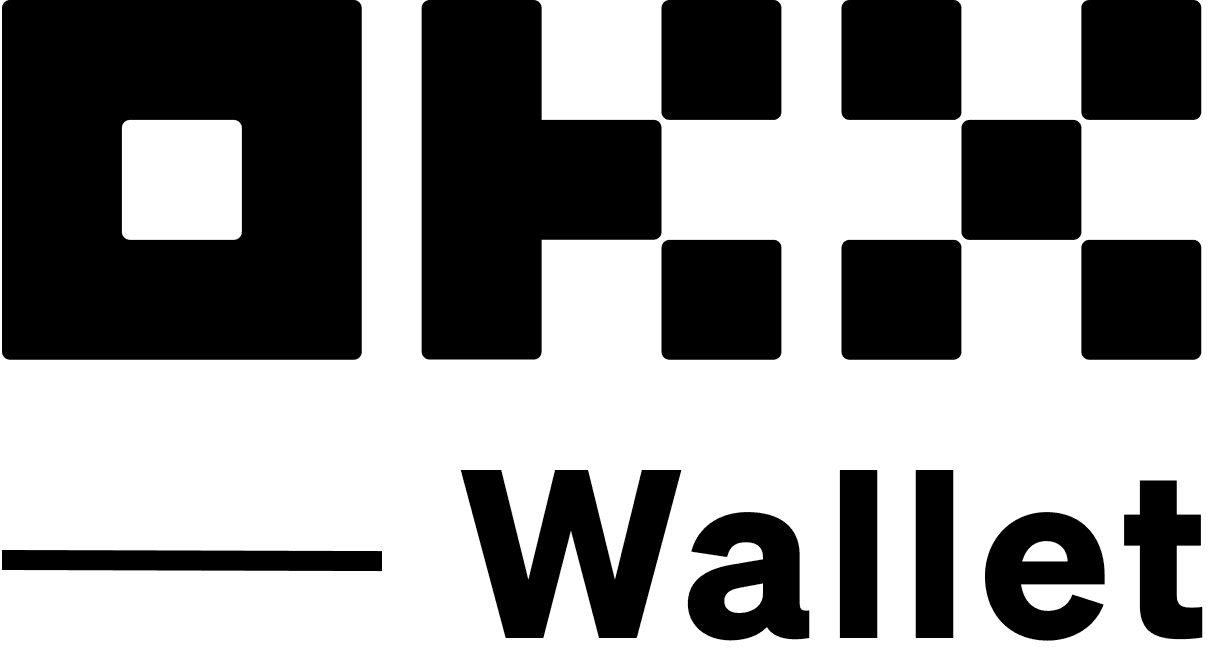Ever felt that juggling multiple wallets, exchanges, and blockchains is like chasing your own tail? Yeah, me too. I was digging through my usual crypto setup the other day, and something felt off about how fragmented everything was. The more I thought about it, the clearer it became that having a centralized exchange (CEX) wallet integrated seamlessly with cross-chain bridges and portfolio management tools isn’t just a “nice-to-have” anymore—it’s becoming essential.
Whoa! Seriously, consider this: managing assets across chains traditionally means hopping from one app to another, each with its quirks and security risks. But what if you could centralize all that without sacrificing decentralization benefits? That’s the sweet spot where solutions like okx come in. I’m biased, sure—I’ve been using OKX’s wallet extension for a while—but it’s genuinely streamlined my workflow.
At first, I thought cross-chain bridges were just flashy marketing buzzwords. But then I realized how vital they are for liquidity and flexibility. On one hand, bridges open doors to a multichain world; on the other, they’ve historically been security black holes. So, the challenge is figuring out how to use them safely while maintaining quick access to centralized exchange features. More on that later.
Okay, so check this out—portfolio management tools embedded within a wallet that’s hooked directly to a CEX? Total game-changer. Instead of tweaking spreadsheets or juggling third-party apps, your holdings update in real time. That’s not just convenient; it can literally save you from missing market moves. This part bugs me when I think about how many traders still rely on manual tracking.
Now, let’s unpack these ideas a bit more…
First, the integration of CEX wallets like okx offers a blend of speed and reliability. Trades execute lightning fast compared to pure decentralized exchanges (DEXs), which sometimes get clogged or suffer from slippage. Plus, having your wallet inherently connected to a major exchange means you can deposit and withdraw funds without extra steps, making your crypto life smoother. But is there a catch? Well, sure—custodial risks creep in when you rely too much on centralized platforms.
Still, for active traders, that trade-off often makes sense. My instinct said, “Why not have the best of both worlds?” And that’s where cross-chain bridges become crucial. They let you move assets like USDT or ETH between chains without selling or converting unnecessarily. However, not all bridges are created equal. Some have had security breaches, and others charge ridiculous fees. I’m not 100% sure, but the future likely belongs to bridges integrated directly into CEX wallets, where security protocols are more robust.
Hmm… I remember a time when I lost coins due to a sketchy bridge. Painful lesson learned. Now, with wallets like okx’s extension, that risk feels minimized because the bridge interactions happen within a controlled environment. Plus, the UX is way friendlier, which means fewer mistakes. Trust me, that’s very very important when you’re juggling multiple trades.
Here’s the thing—portfolio management isn’t just about numbers. It’s about insight. The more your wallet can analyze your holdings across chains and exchanges, the better your decisions. With okx, I’ve seen how integrated charts and alerts help me avoid overexposure. And it’s not just for whales; even casual traders benefit from these tools. I suspect that’s why the trend toward integrated wallets is accelerating.
But what about privacy? Some traders swear by cold wallets and full decentralization. On one hand, that’s a solid stance. On the other, the convenience and speed of CEX-linked wallets can’t be ignored. Actually, wait—let me rephrase that. It’s not about choosing one over the other; it’s about using the right tool for the right job. Sometimes you want the fortress-like security of cold storage; other times, you need the agility of a hot wallet connected to a CEX.
Check this out—recently, I moved some assets using a cross-chain bridge inside the okx wallet extension, and the whole process took under five minutes. No hiccups, no confusing steps. The integration felt seamless, almost like magic. The interface even flagged potential risks, which made me feel safer. Honestly, that’s the kind of experience that keeps me coming back.

Another angle that’s worth mentioning is liquidity. Centralized exchanges generally boast deeper liquidity pools, meaning your trades fill faster and with less slippage. By integrating your wallet directly with a CEX like OKX, you tap into those pools instantly without depositing funds manually. That’s a huge edge, especially in volatile markets.
And the ecosystem around okx is growing, too. They’re not just about wallet and exchange; they’re weaving in DeFi protocols, staking options, and NFT marketplaces. This means you can diversify your portfolio and manage everything from one spot. It’s definitely tempting, though I’m still cautious about locking too many eggs in one basket.
On a personal note, I’ve found that having all these features in one place reduces cognitive load. When I was bouncing between wallets, exchanges, and spreadsheets, things got messy fast. Now, with okx’s integrated wallet, I spend less time clicking around and more time analyzing market trends. That shift has improved my trading outcomes, even if it doesn’t guarantee profits.
Of course, there’s a trade-off between convenience and control. Some purists might say that relying on a CEX wallet is selling out. But honestly, trading is about efficiency as much as philosophy. When every second counts, having a tool that bridges chains and syncs with your exchange can make a noticeable difference.
One thing I’m still noodling on: how will these integrations evolve with upcoming regulations? The crypto space is still a bit wild west, and centralized exchanges face increasing scrutiny. Will wallets like okx’s maintain their edge, or will new compliance requirements slow innovation? I don’t have a solid answer, but it’s definitely something to watch.
Anyway, if you haven’t checked out the ecosystem around okx yet, I’d recommend giving it a spin. The learning curve is gentle, and the integration really shines once you start moving assets around. Plus, it’s always good to have options that simplify your crypto hustle without sacrificing too much security.
So yeah, managing crypto portfolios has come a long way from scribbled notes and multiple apps. Integrated CEX wallets equipped with cross-chain bridges and real-time portfolio tools might just be the future for traders who want to stay sharp—and sane.
I’ll leave you with this thought: as the crypto landscape keeps shifting, adaptability is your best friend. Sometimes that means embracing centralized tools with smart integrations, even if it feels a bit against the grain. After all, it’s your portfolio, your rules… and your hustle.
